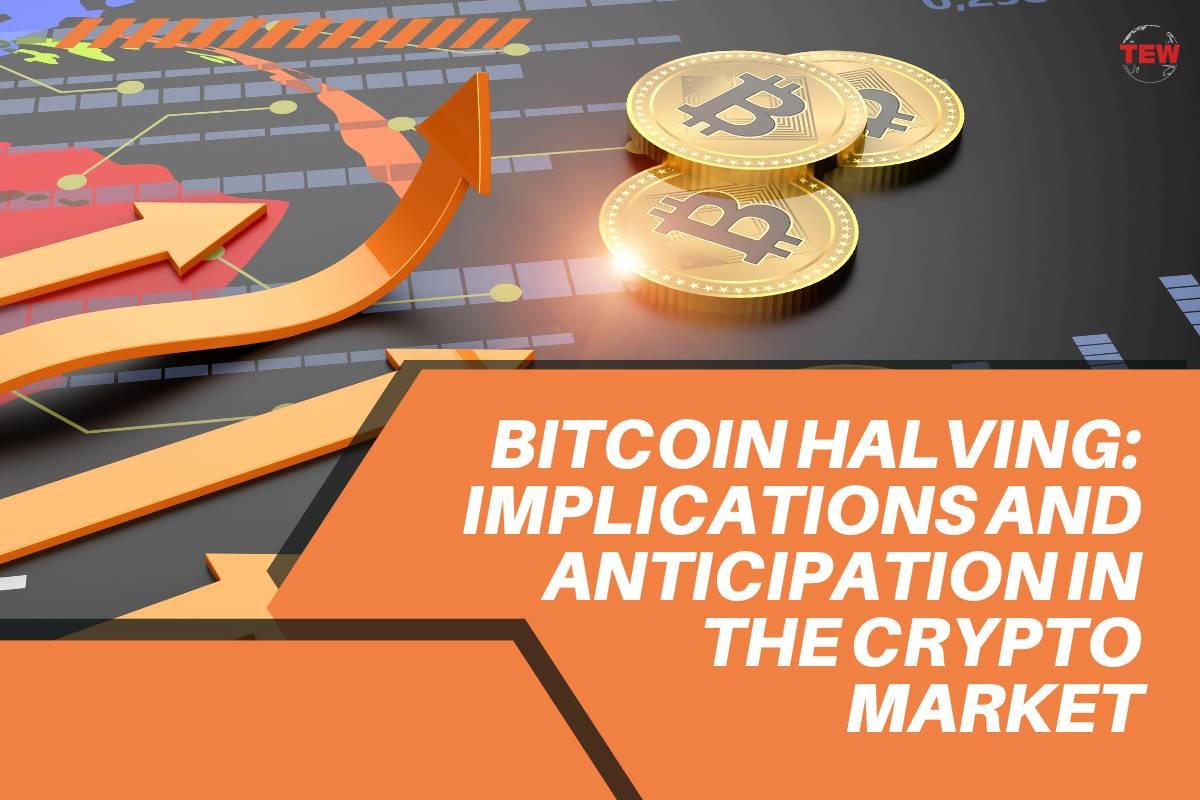Just a few years ago, the bitcoin halving was an occasion revered by only the earliest enthusiasts of cryptocurrency, who saw it as a fundamental aspect of a groundbreaking, anti-establishment deflationary asset.
Today, bitcoin has garnered acceptance from major institutions on Wall Street and continues to attract interest from retail investors in each market cycle. Whether they are jubilant, perplexed, or indifferent, observers of the crypto market are aware of the impending Bitcoin halving and anticipate positive implications.
This technical event occurs approximately every four years on the Bitcoin network, reducing the cryptocurrency’s supply by half to create a scarcity effect, likening it to “digital gold.” Historically, it heralds the onset of a new cycle and a surge in value – but this time, there are unique circumstances at play.
Understanding the Significance of the Bitcoin Halving Event
“The halving is the ultimate event for bitcoin enthusiasts, but the 2024 iteration elevates it to another level because the reduced supply, coupled with increased ETF demand, creates a potent combination,” remarked Antoni Trenchev, co-founder of crypto exchange Nexo. “What makes this halving distinctive is that bitcoin has already surpassed the previous cycle’s peak – something unprecedented ahead of the quadrennial event – making it more challenging to predict the duration and intensity of this cycle.”
Following the Bitcoin halving in 2012, 2016, and 2020, the price surged approximately 93x, 30x, and 8x, respectively, from its halving day price to its cycle peak. While past performance does not guarantee future returns, some caution that the significant impact on the bitcoin price resulting from reduced supply every four years may have already peaked.
However, Steven Lubka, head of private clients and family offices at Swan Bitcoin, suggested that if there ever was a time to be cautiously optimistic about returns post-halving, it would be this year.
“This bitcoin bull cycle, which accelerated due to the January approval of spot ETFs, may be shorter and more explosive, reaching its zenith in late 2024 or early 2025,” added Trenchev.
Whether you are seeking a deeper comprehension of bitcoin as a novel, deflationary asset or merely speculating on its price shortly, understanding the halving and its potential repercussions on the market is crucial. The halving occurs when incentives for bitcoin miners are halved, as stipulated by the bitcoin blockchain’s code, approximately every 210,000 blocks, or roughly four years.
Assessing Market Dynamics and Potential Impacts Post-Halving
As a reminder, miners operate machines that verify new blocks of Bitcoin transactions by solving complex mathematical problems and appending them to the global ledger, known as the blockchain.
Miners are incentivized by two factors: transaction fees paid voluntarily by senders for faster settlements and mining rewards, currently set at 6.25 newly created bitcoins, equivalent to about $437,500. Sometime between April 18 and April 21, these rewards will be reduced to 3.125 bitcoins. Initially set at 50 bitcoins, the reward was halved to 6.25 in 2020. The reduction in block rewards diminishes the supply of bitcoin by slowing the rate at which new coins are generated, thereby preserving its status as digital gold, with its finite supply influencing its value. Eventually, the total number of bitcoins in circulation will cap at 21 million, as per the Bitcoin code.
The market impact of the halving is not instantaneous but rather unfolds gradually over time. While the day of the event may pass without significant market activity, subsequent months could witness reduced selling pressure due to the diminishing supply of newly mined bitcoins, potentially influencing the market dynamics.





